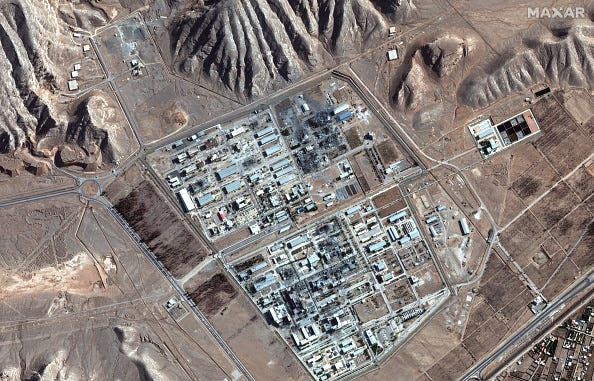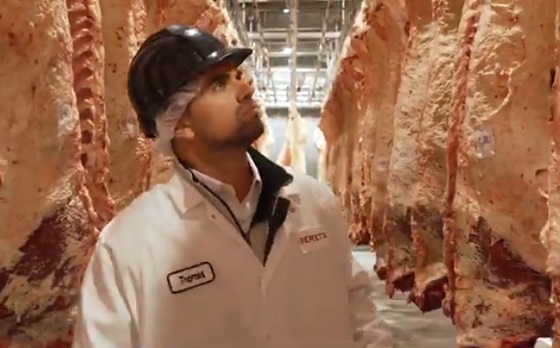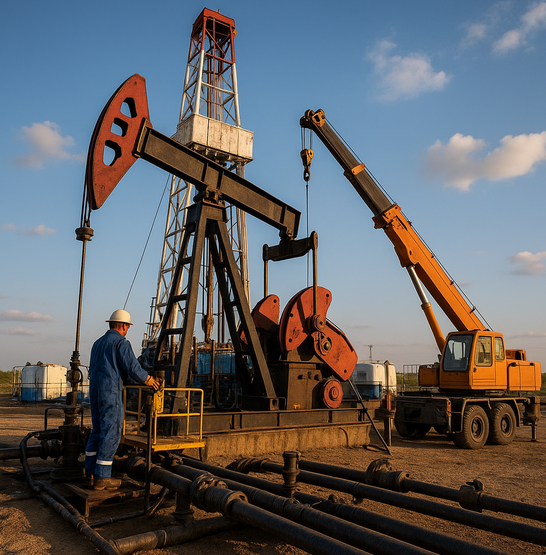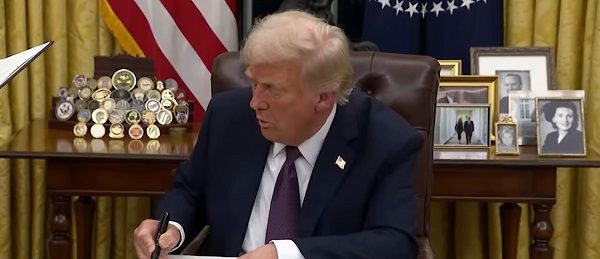Energy
U.S. halt on LNG exports presents new opportunity for Canada
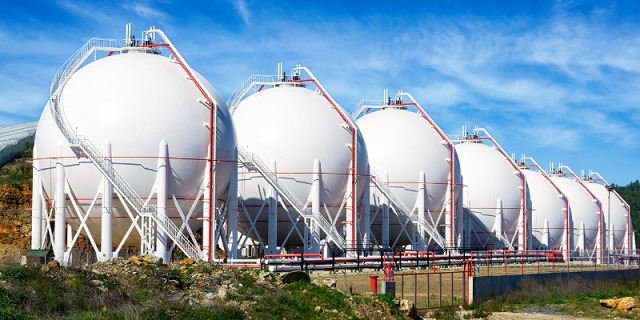
From the Fraser Institute
By Julio Mejía and Elmira Aliakbari
The Biden administration recently paused the approval of permits for liquefied natural gas (LNG) exports, which will force U.S. allies to explore alternative sources of LNG, opening the door for Canada. In fact, if Canadian policymakers remove certain regulatory hurdles, they can help position Canada as a leading global provider of clean and reliable natural gas while also helping create jobs and prosperity in British Columbia, Alberta and beyond.
Following Putin’s invasion of Ukraine, President Biden committed to supplying steady LNG to the European Union, aiming to reduce reliance on Russian gas. By 2023, the United States had become the world’s top LNG exporter, with several European countries importing more than half of America’s LNG exports. However, President Biden also pledged to transition the U.S. away from fossil fuels so he’s paused LNG exports to appease his environmentalist constituency ahead of the upcoming U.S. presidential election.
But this pause comes at a crucial time for European countries grappling with energy shortages and rising prices. Last year, energy-intensive industries in Europe scaled back or halted production amid soaring energy prices, and Germany, Europe’s largest economy, narrowly avoided a recession caused by energy supply shortages. To keep the lights on, European countries have been forced to revert to coal-fired power plants, an energy source that contributes more CO2 emissions than natural gas.
Following the U.S. decision, European and Asian countries (including China) are exploring alternative LNG suppliers, again creating a potential void that Canada could fill. Japan and Germany have already turned to Canada.
Canada’s vast natural resources hold the potential to make a significant positive impact on global energy security, reliability, and emissions reduction by reducing reliance on coal. Despite possessing “the most prolific and lower-cost North American gas resources,” as emphasized by McKinsey’s recent report, development in Canada has encountered challenges largely due to government regulatory barriers. Presently, Canada lacks any operational LNG export terminals, unlike the U.S., which has 27 such facilities. The LNG Canada development in B.C. is slated to become Canada’s first operational facility, expected to begin exporting by 2025.
The absence of LNG export infrastructure in Canada has led domestic natural gas producers to depend on U.S. LNG facilities for exporting. However, with the recent halt on approving new LNG projects south of the border, there’s an urgent need for Canada to establish its own infrastructure if we’re going to seize this opportunity to be a global LNG supplier.
Forecasts indicate steady and growing global demand for LNG. McKinsey’s recent report anticipates an annual increase in global LNG demand of 1.5 per cent to 3 per cent to 2035. And according to the latest report by the International Energy Agency (IEA), limited new LNG production means supply will remain tight.
Despite promising opportunities, various government initiatives including CleanBC (the B.C. government’s plan to reduce greenhouse gas emissions,) the Trudeau government’s emissions caps on the oil and gas sector, and federal Bill C-69 (which added more red tape and complexity to the assessment process for major energy projects) have created uncertainty and deterred, if not outright prohibited, investment in the sector.
Canada has an opportunity to provide clean and reliable natural gas to our allies, help improve the world’s energy security and reduce global greenhouse gas emissions. The federal and provincial governments must remove regulatory barriers to allow for the needed infrastructure and investment in the LNG sector, which will also provide jobs and prosperity here at home.
Authors:
Automotive
Federal government should swiftly axe foolish EV mandate

From the Fraser Institute
Two recent events exemplify the fundamental irrationality that is Canada’s electric vehicle (EV) policy.
First, the Carney government re-committed to Justin Trudeau’s EV transition mandate that by 2035 all (that’s 100 per cent) of new car sales in Canada consist of “zero emission vehicles” including battery EVs, plug-in hybrid EVs and fuel-cell powered vehicles (which are virtually non-existent in today’s market). This policy has been a foolish idea since inception. The mass of car-buyers in Canada showed little desire to buy them in 2022, when the government announced the plan, and they still don’t want them.
Second, President Trump’s “Big Beautiful” budget bill has slashed taxpayer subsidies for buying new and used EVs, ended federal support for EV charging stations, and limited the ability of states to use fuel standards to force EVs onto the sales lot. Of course, Canada should not craft policy to simply match U.S. policy, but in light of policy changes south of the border Canadian policymakers would be wise to give their own EV policies a rethink.
And in this case, a rethink—that is, scrapping Ottawa’s mandate—would only benefit most Canadians. Indeed, most Canadians disapprove of the mandate; most do not want to buy EVs; most can’t afford to buy EVs (which are more expensive than traditional internal combustion vehicles and more expensive to insure and repair); and if they do manage to swing the cost of an EV, most will likely find it difficult to find public charging stations.
Also, consider this. Globally, the mining sector likely lacks the ability to keep up with the supply of metals needed to produce EVs and satisfy government mandates like we have in Canada, potentially further driving up production costs and ultimately sticker prices.
Finally, if you’re worried about losing the climate and environmental benefits of an EV transition, you should, well, not worry that much. The benefits of vehicle electrification for climate/environmental risk reduction have been oversold. In some circumstances EVs can help reduce GHG emissions—in others, they can make them worse. It depends on the fuel used to generate electricity used to charge them. And EVs have environmental negatives of their own—their fancy tires cause a lot of fine particulate pollution, one of the more harmful types of air pollution that can affect our health. And when they burst into flames (which they do with disturbing regularity) they spew toxic metals and plastics into the air with abandon.
So, to sum up in point form. Prime Minister Carney’s government has re-upped its commitment to the Trudeau-era 2035 EV mandate even while Canadians have shown for years that most don’t want to buy them. EVs don’t provide meaningful environmental benefits. They represent the worst of public policy (picking winning or losing technologies in mass markets). They are unjust (tax-robbing people who can’t afford them to subsidize those who can). And taxpayer-funded “investments” in EVs and EV-battery technology will likely be wasted in light of the diminishing U.S. market for Canadian EV tech.
If ever there was a policy so justifiably axed on its failed merits, it’s Ottawa’s EV mandate. Hopefully, the pragmatists we’ve heard much about since Carney’s election victory will acknowledge EV reality.
Daily Caller
Trump Issues Order To End Green Energy Gravy Train, Cites National Security
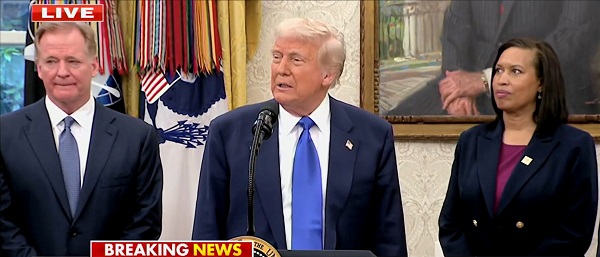

From the Daily Caller News Foundation
By Audrey Streb
President Donald Trump issued an executive order calling for the end of green energy subsidies by strengthening provisions in the One Big Beautiful Bill Act on Monday night, citing national security concerns and unnecessary costs to taxpayers.
The order argues that a heavy reliance on green energy subsidies compromise the reliability of the power grid and undermines energy independence. Trump called for the U.S. to “rapidly eliminate” federal green energy subsidies and to “build upon and strengthen” the repeal of wind and solar tax credits remaining in the reconciliation law in the order, directing the Treasury Department to enforce the phase-out of tax credits.
“For too long, the Federal Government has forced American taxpayers to subsidize expensive and unreliable energy sources like wind and solar,” the order states. “Reliance on so-called ‘green’ subsidies threatens national security by making the United States dependent on supply chains controlled by foreign adversaries.”
Dear Readers:
As a nonprofit, we are dependent on the generosity of our readers.
Please consider making a small donation of any amount here.
Thank you!
Former President Joe Biden established massive green energy subsidies under his signature 2022 Inflation Reduction Act (IRA), which did not receive a single Republican vote.
The reconciliation package did not immediately terminate Biden-era federal subsidies for green energy technology, phasing them out over time instead, though some policy experts argued that drawn-out timelines could lead to an indefinite continuation of subsidies. Trump’s executive order alludes to potential loopholes in the bill, calling for a review by Secretary of the Treasury Scott Bessent to ensure that green energy projects that have a “beginning of construction” tax credit deadline are not “circumvented.”
Additionally, the executive order directs the U.S. to end taxpayer support for green energy supply chains that are controlled by foreign adversaries, alluding to China’s supply chain dominance for solar and wind. Trump also specifically highlighted costs to taxpayers, market distortions and environmental impacts of subsidized green energy development in explaining the policy.
Ahead of the reconciliation bill becoming law, Trump told Republicans that “we’ve got all the cards, and we are going to use them.” Several House Republicans noted that the president said he would use executive authority to enhance the bill and strictly enforce phase-outs, which helped persuade some conservatives to back the bill.
-
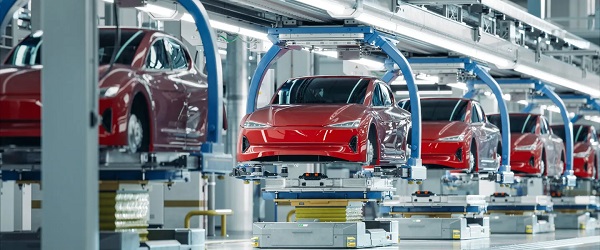
 Automotive2 days ago
Automotive2 days agoAmerica’s EV Industry Must Now Compete On A Level Playing Field
-

 Business2 days ago
Business2 days ago‘Experts’ Warned Free Markets Would Ruin Argentina — Looks Like They Were Dead Wrong
-

 International2 days ago
International2 days agoSecret Service suspends six agents nearly a year after Trump assassination attempt
-

 Alberta1 day ago
Alberta1 day agoAlberta school boards required to meet new standards for school library materials with regard to sexual content
-
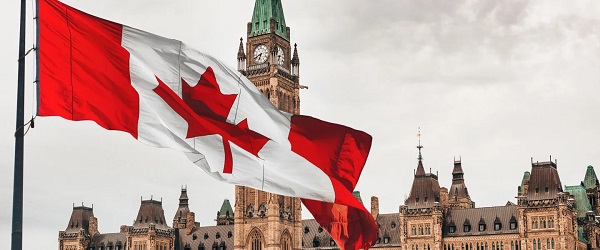
 Business2 days ago
Business2 days agoCarney government should recognize that private sector drives Canada’s economy
-

 Alberta1 day ago
Alberta1 day agoFourteen regional advisory councils will shape health care planning and delivery in Alberta
-

 Environment1 day ago
Environment1 day agoEPA releases report on chemtrails, climate manipulation
-

 Business2 days ago
Business2 days agoCannabis Legalization Is Starting to Look Like a Really Dumb Idea




